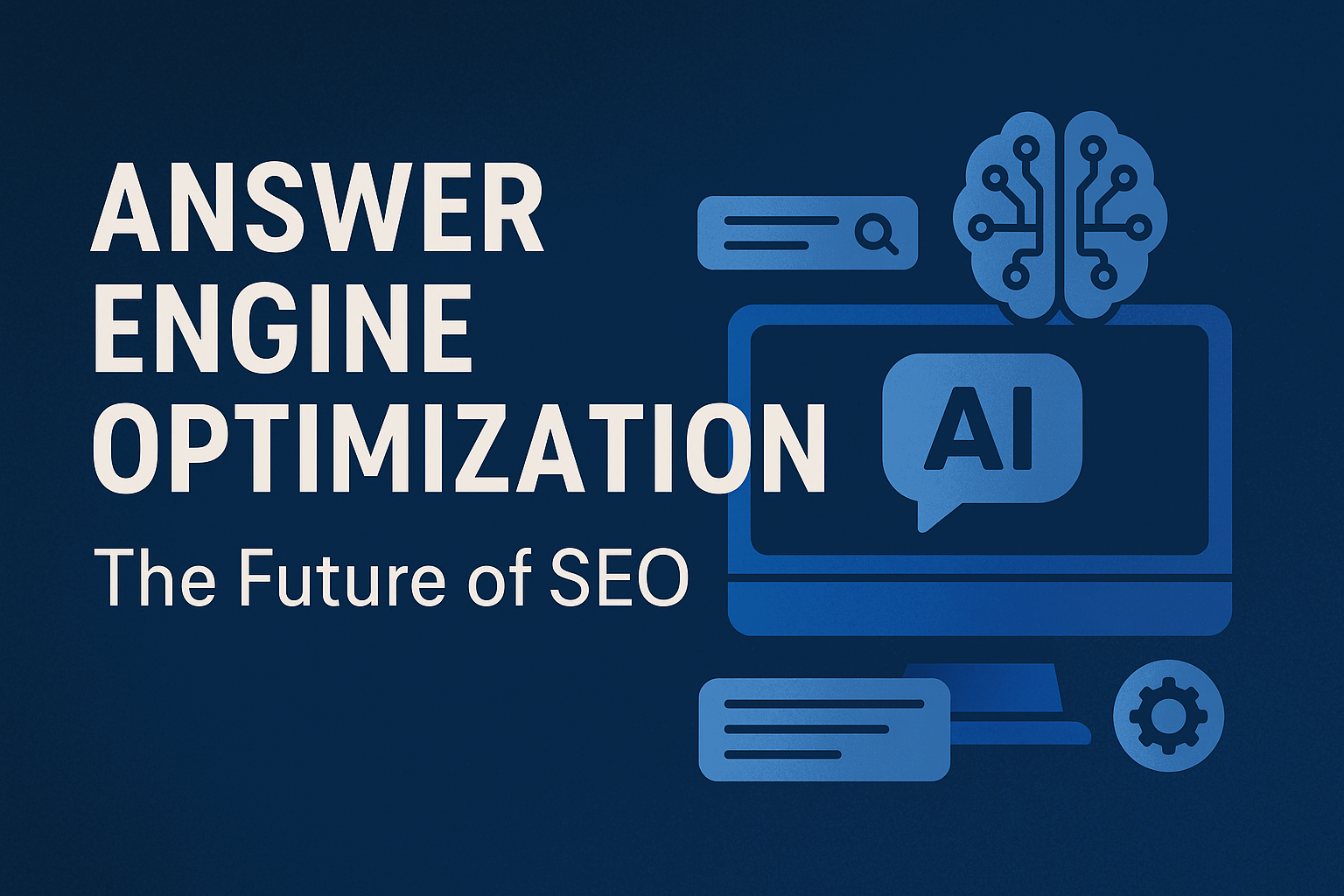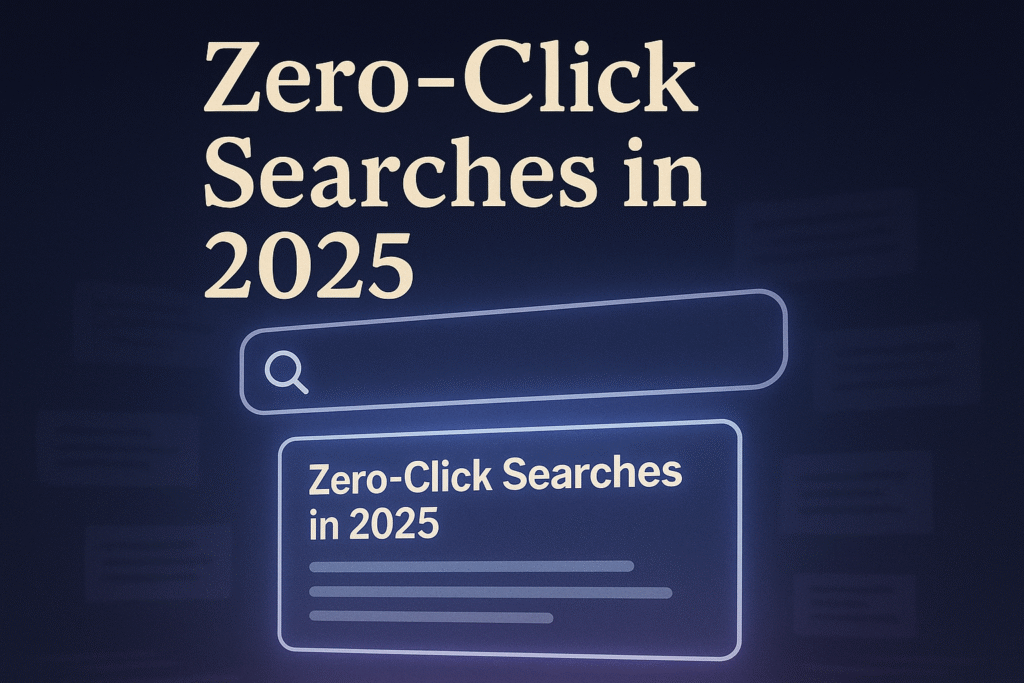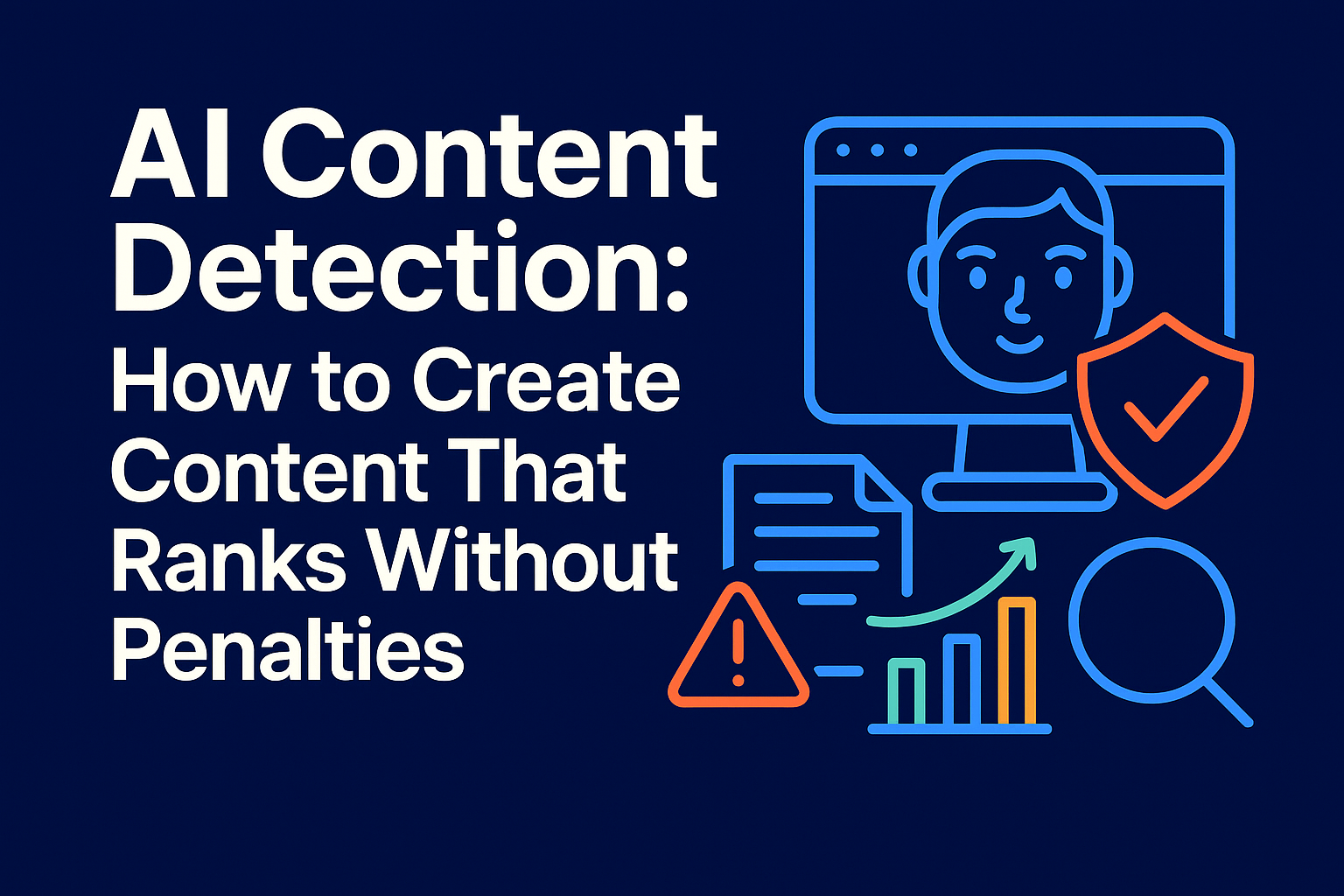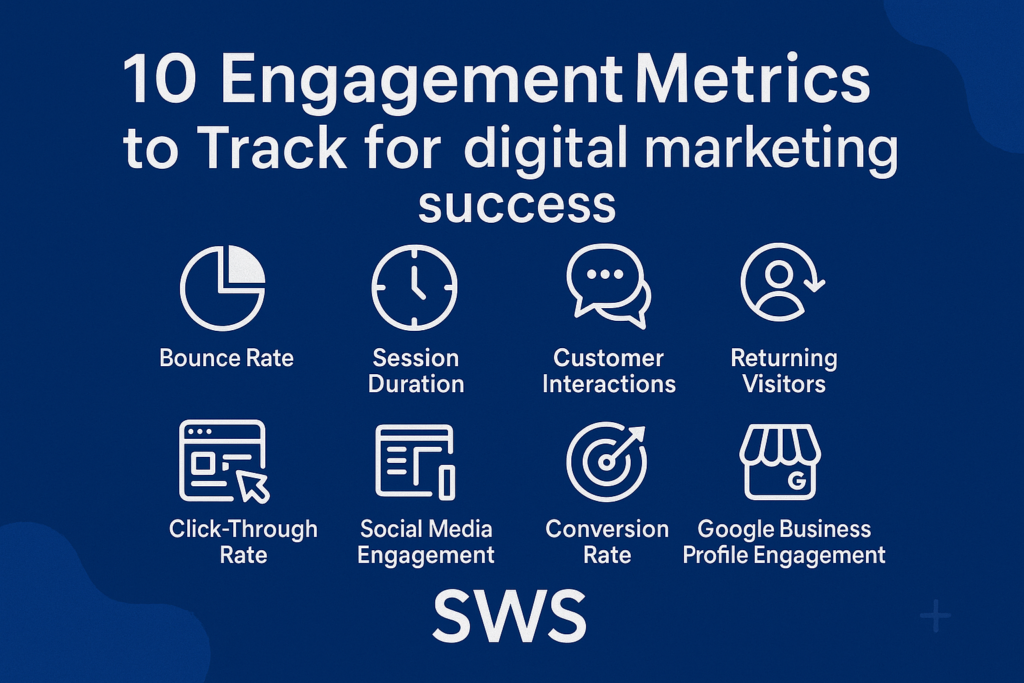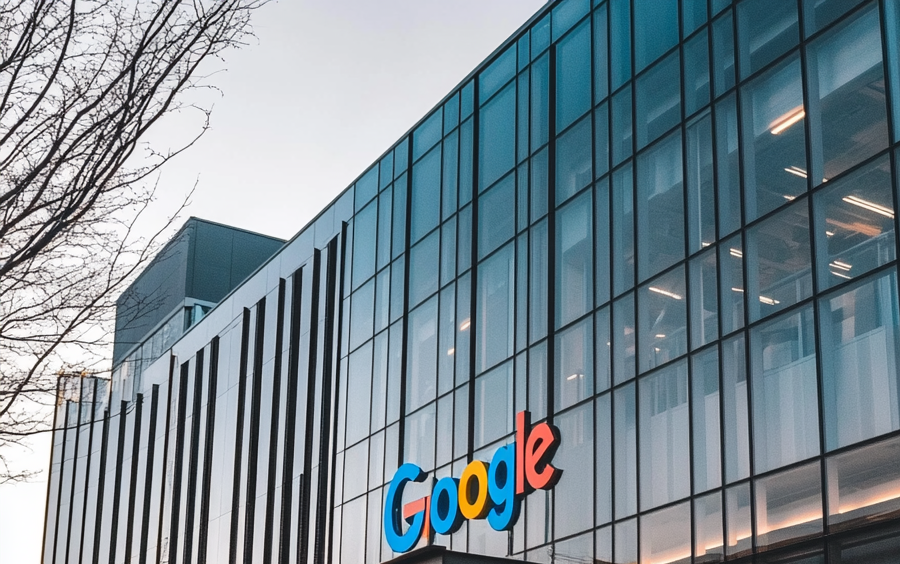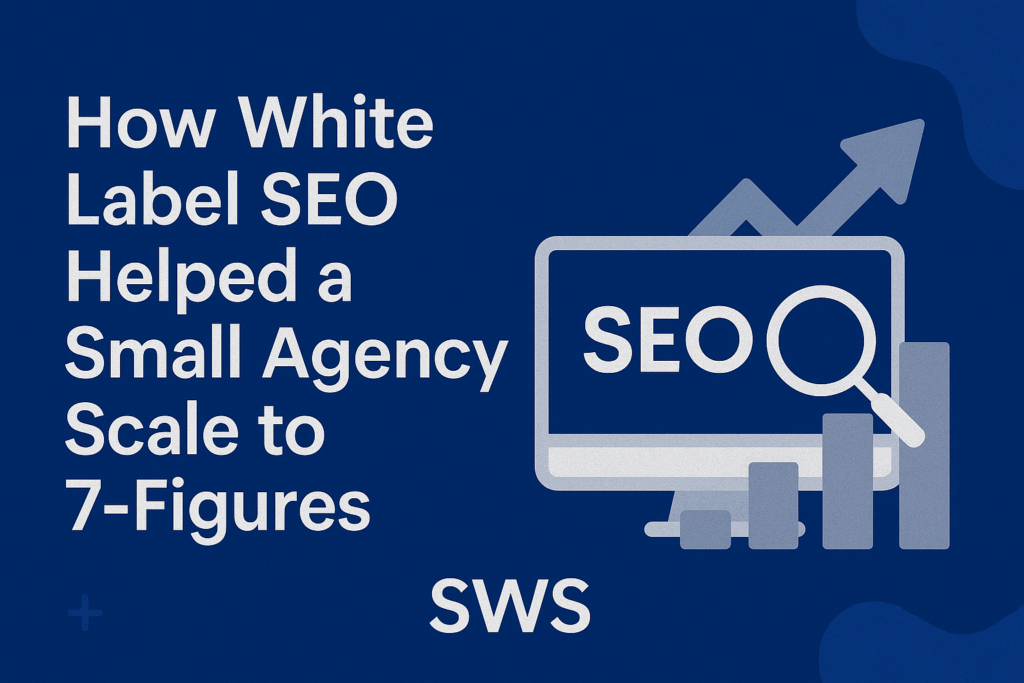Table of Contents
ToggleAnswer Engine Optimization (AEO) is transforming digital marketing by focusing on optimizing content for AI-powered search tools like ChatGPT and Google’s AI Overviews. Unlike traditional SEO, AEO aims to structure content so that it can be directly cited by AI engines, providing users with immediate, authoritative answers. This blog explores the rise of AEO, its differences from traditional SEO, and practical strategies for implementing AEO to enhance online visibility in the era of AI-driven search.
We’re not just seeing an evolution in search—we’re witnessing a revolution.
Traditional Search Engine Optimization (SEO) has been the cornerstone of digital marketing for over two decades. It’s been about keyword research, backlink building, content optimization, and technical audits. And while those fundamentals still matter, the search ecosystem is transforming faster than ever.
Why? Because how people search is changing. They’re no longer typing in keyword phrases and scanning 10 blue links. Today’s users are conversational. They’re asking complex questions—and they want instant, authoritative answers.
Enter Answer Engine Optimization (AEO).
With the explosive rise of AI-powered search tools like ChatGPT, Perplexity AI, and Google’s AI Overviews, the battleground is no longer just Page 1 of Google—it’s the AI-generated answer box. In fact, as of Q2 2025, Google reports that over 1.5 billion users per month are exposed to AI summaries in their search results. Perplexity AI, meanwhile, is now processing over 500 million queries monthly, with real-time citation to source content.
These tools are pulling data from your website—and others—and curating it into conversational answers that satisfy the user immediately. If your content isn’t structured to be read and cited by these engines, you’re invisible.
Think about it this way: ranking on Google still matters, but being the answer that AI trusts and cites? That’s next-level visibility.
The future of search isn’t coming. It’s already here. Are you ready to show up in it?
Understanding AEO: Beyond Traditional SEO
Most marketers are still playing an SEO game designed for the Google of five years ago. They’re optimizing for blue links, keyword density, and meta tags. But here’s the reality: we’re no longer optimizing for pages—we’re optimizing for answers.
Welcome to the era of Answer Engine Optimization (AEO).
While Search Engine Optimization (SEO) is about climbing the ranks of the search engine results page (SERP), AEO focuses on getting your content quoted or cited by AI-powered engines like ChatGPT, Google’s AI Overviews, Bing Copilot, and Perplexity. The goal isn’t just to show up—it’s to be the answer.
These AI engines are designed to deliver value instantly. A user might ask, “What is the best CRM for small businesses?” Instead of showing 10 links, an AI engine provides a synthesized answer—and that answer is often pulled from optimized content. If you’ve structured your page properly, you might just be the source AI relies on.
Let’s break down the fundamental differences:
| Aspect | Traditional SEO | Answer Engine Optimization (AEO) |
| Primary Goal | Rank higher on SERPs | Be cited as a direct answer in AI responses |
| User Interaction | Users click through to the site | Users get answers without visiting your site |
| Content Structure | Keyword-rich, long-form pages | Concise, structured, and question-focused content |
| Measurement Metrics | CTR, dwell time, bounce rate | Citation frequency, AI visibility, brand mentions |
The bottom line? AEO isn’t a replacement for SEO—it’s the evolution of it. If you want to be found in tomorrow’s search, you need to format your content not just for Google, but for the machines interpreting and delivering those results.
The Rise of Zero-Click Searches
Let’s talk about the elephant in the search room: zero-click searches.
Zero-click searches are queries where the user gets the answer right on the search engine results page (SERP), without ever clicking through to a website. And they’re not just a passing trend—they’re rapidly becoming the norm.
According to Single Grain, 58.5% of Google searches in the U.S. ended without a click in 2024. That number is projected to exceed 70% by 2025. Think about that—7 out of every 10 users are getting what they need without ever landing on your site.
This shift is being fueled by AI-generated answers, rich snippets, and features like Google’s AI Overviews. Platforms like Bing’s AI Copilot and Perplexity AI are following suit, offering direct, conversational answers that bypass traditional listings entirely. Users no longer have to dig; search engines (and answer engines) are doing the heavy lifting.
Implications for Marketers:
- Reduced Website Traffic: If your digital strategy is still relying solely on traditional SEO and organic rankings, you’re likely already feeling the hit. Your content may be ranking—but if it’s not providing a direct, clickable answer, it’s not getting traffic.
- The Need for AEO: This is where Answer Engine Optimization becomes a game-changer. By structuring your content to be the direct answer (through schema markup, FAQs, and clear formatting), you’re telling AI: “Hey, I’ve got the answer. Quote me.”
If you’re not optimizing for zero-click behavior, you’re essentially writing the best answers… for someone else to quote. It’s time to evolve.
At SWS Marketing, we help brands reclaim their visibility by optimizing for where search is heading—not where it’s been.
How AI-Powered Tools Transforming Search?
The way users search for and consume information is no longer dictated by ten blue links on a search engine results page. We’re witnessing a fundamental transformation driven by artificial intelligence—and if your content isn’t adapting, it’s getting buried.
ChatGPT
Let’s start with the most disruptive player—ChatGPT. As of May 2025, the app surpassed 52 million downloads, outpacing social media titans like TikTok and Instagram. But this isn’t just about usage—it’s about intent. A growing number of users, especially Gen Z and professionals, are turning to ChatGPT for real-time research, advice, summaries, and decision-making. Whether it’s “what are the best productivity tools?” or “how do I invest in index funds?”, people are trusting AI to curate the answers instantly. The kicker? Most of those answers are drawn from the web—meaning if your content is AEO-optimized, you can own those citations.
Google’s AI Overviews
Next up is Google’s own pivot to AI: AI Overviews, a core feature in Search Labs. These overviews now appear at the top of results for complex queries, summarizing content across websites into a cohesive, often bullet-pointed explanation. According to Ars Technica, Google’s AI search functionality is already used by 1.5 billion users monthly—and growing. If your content doesn’t make it into these summaries, you’re invisible.
Perplexity AI
Then there’s Perplexity AI—arguably the most search-like AI tool available today. It doesn’t just summarize; it converses and cites. Users ask follow-up questions, and Perplexity adapts in real-time while referencing its sources. For marketers, this is gold: if your content aligns with the right queries, you’re not just a footnote—you’re the featured expert.
To win the next phase of search, your brand needs to be answer-ready. Let SWS Marketing position your content exactly where the AI engines are looking.
Implementing AEO: Strategies for Success
If you’re serious about dominating AI-generated answers, it’s time to move beyond keywords and into the mechanics of Answer Engine Optimization. AEO is not about hacks—it’s about relevance, structure, and trust. Here’s how to start implementing it effectively.
1. Identify and Target User Questions
Let’s be clear: AEO is driven by intent—specifically, question-based intent. People are no longer searching with just two-word phrases. They’re asking complete questions like “What’s the best time to post on Instagram?” or “How do I structure a content calendar?”
Use tools like AnswerThePublic and Semrush’s Keyword Magic Tool to mine those long-tail, question-centric keywords your audience is asking. These tools will show you hundreds of real queries pulled directly from Google autosuggest and related searches. Prioritize questions with high intent and low competition.
Then, craft content around these queries—each blog, video, or landing page should exist to answer something.
2. Structure Content for AI Consumption
AI engines don’t “read” content like humans do. They scan. Your job is to feed them structured, scannable, and segmentable data.
- Use Clear Headings: Structure content with H2 and H3 headers that mirror the phrasing of your target questions. This helps engines understand topic hierarchy.
- Bullet Points and Lists: These are gold for AI parsing. Lists break down answers into digestible bits—perfect for featured snippets and AI overviews.
- Concise Answers: Don’t bury the lead. Offer direct, 50–100 word answers to your main query at the beginning of each section. Think of it as writing for the TL;DR generation—AI included.
3. Implement Schema Markup
Schema markup is a structured data vocabulary that makes your content machine-readable. Using types like “FAQPage,” “HowTo,” or “Article” from Schema.org, you can signal to Google and other engines how to classify your information.
If you’re using WordPress, plugins like Rank Math or Yoast simplify schema implementation. For static sites, Google’s Rich Results Test can help validate your markup.
4. Enhance E-E-A-T: Experience, Expertise, Authority, Trustworthiness
Google’s quality rater guidelines emphasize E-E-A-T—a standard AEO can’t ignore.
- Author Credentials: Include author bios, credentials, and relevant experience to build trust with both users and AI models.
- Citations: Back your claims with links to trusted sources (think .edu, .gov, industry-leading blogs).
- User Reviews & Testimonials: These not only build credibility but can be wrapped in review schema to boost visibility in AI summaries.
AEO isn’t about doing more—it’s about doing it smarter.
Tools to Support Your AEO Efforts
- AnswerThePublic: Discover user questions.
- Semrush: Analyze keyword trends and competition.
- Schema Markup Generator: Create structured data.
- Google Search Console: Monitor your site’s performance.
Conclusion: Embracing the Future of Search
The digital landscape is evolving, and with it, the strategies businesses must employ to remain visible. Answer Engine Optimization isn’t just a buzzword—it’s a necessary evolution in the age of AI-driven search. By adapting your content to meet the needs of answer engines, you position your brand at the forefront of this transformation.
FAQs
Q1: Is AEO replacing traditional SEO?
Not at all—AEO is the next layer, not a replacement.
Think of traditional SEO as the foundation: it gets you visibility on Google, helps rank your pages, and brings organic traffic. AEO, on the other hand, is built on top of that. It prepares your content to be read, cited, and trusted by AI-powered engines like ChatGPT, Google AI Overviews, and Perplexity. SEO gets you seen; AEO gets you quoted. If you’re not doing both, you’re leaving serious visibility on the table.
Q2: How can I tell if my content is optimized for AEO?
Start by asking one simple question: would an AI choose my content as “the best answer”?
Here’s a quick checklist:
Do your headers include question-based phrases?
Are your answers short, accurate, and structured?
Have you added schema markup like FAQPage or Article?
Are you linking to credible sources to build E-E-A-T?
If the answer to these is “yes,” you’re on the right path. Still unsure? Plug your content query into Perplexity or ChatGPT (with browsing) and see if your brand comes up.
Q3: Will AEO help with voice search too?
Absolutely—voice search thrives on concise answers.
Smart assistants like Alexa, Siri, and Google Assistant are designed to deliver one best answer—not a list of links. AEO prepares your content to be that answer. With proper structure, schema, and a focus on clarity, your content becomes a perfect fit for voice-triggered results.
Q4: Do I need to rewrite all my content to implement AEO?
Not necessarily. Start with your top-performing and evergreen pages.
Audit your most visited pages using tools like Semrush or Google Analytics. Then enhance them with structured headers, answer-first formatting, internal links, and schema. It’s about optimizing strategically—not rewriting your entire site.
Ready to elevate your digital presence in the AI-driven era? Contact SWS Marketing today to optimize your content for the future.

SWS Marketing is a white label digital marketing company which provide services to both agencies, and clients around the world. Our small team of SEO, PPC and social media experts deliver high-impact digital marketing solutions that help businesses grow their online presence. Agencies and Clients benefit from increased brand awareness, traffic, visibility and leads, created by our data-driven approach to search engine optimization(SEO), PPC, social media marketing, content marketing, digital PR, guest posting and more!
